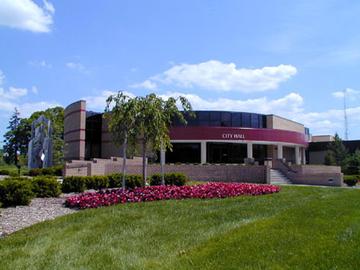
Moving to Sterling Heights, Michigan: A Comprehensive Relocation Guide
Considering moving to Sterling Heights, Michigan? One of Michigan’s largest cities, Sterling Heights offers extensive neighborhoods, parks, and strong access to Macomb County and metro Detroit jobs. Here’s your 2025 relocation guide.
Demographic Profile to Consider If Moving to Sterling Heights:
With more than 130,000 residents, Sterling Heights spans diverse subdivisions, condo communities, and townhome developments. The city’s multicultural dining scene, recreation programs, and community events create a welcoming environment for families and new arrivals. Find trusted local services for moving, living, and working in Sterling Heights.Sterling Heights Relocation Directory
Cost of Living to Consider If Moving to Sterling Heights:
Housing costs are moderate for the region, with prices typically below many Oakland County suburbs yet above more distant exurbs. Buyers can find mid-century ranches, newer colonials, and attached condos. Rentals range from garden apartments to newer luxury communities.
Economy and Job Market:
Automotive and defense manufacturing anchor the local economy, supported by engineering firms, logistics, retail, and healthcare. Proximity to major suppliers, tech testing grounds, and I-75/I-94 corridors provides excellent career reach across the Detroit metro.
Education:
Utica Community Schools and Warren Consolidated Schools serve most neighborhoods, with additional private and charter options. Nearby Macomb Community College offers certificates, transfer degrees, and workforce training aligned to manufacturing and healthcare.
Recreation and Lifestyle:
Residents enjoy an extensive park system, splash pads, skate parks, and multi-use trails. Shopping and dining corridors line major arterials, while regional malls and entertainment venues are close by.
Healthcare and Services:
Corewell (Beaumont), Henry Ford, and Ascension operate hospitals and specialty centers throughout Macomb/Oakland counties, with urgent care and clinics within minutes of most neighborhoods.
Transportation:
Central access to M-59 (Hall Rd.), I-75, and I-94 supports quick commutes. Public transit connections via SMART link Sterling Heights to nearby cities; most residents drive.
Conclusion:
Moving to Sterling Heights in 2025 means large-city convenience with suburban value—ideal for households seeking neighborhoods, parks, and regional job access.

